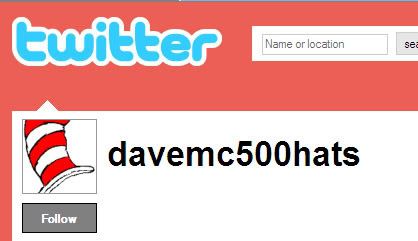Twitter's inability to stay online is well documented. The reason for their instability, however, is much debated. Both Twitter and Om Malik argue that it stems from power-users (who tax the system with each post). Others argue its Ruby - which is still a new, relatively unproven language and some argue it's due to organizational / developmental woes. It's likely a combination of factors - but here's one way to alleviate the pain and solve a major usability issue: Improve findability and effectively enable users to find relevant friends and content.
Sounds simple right? Search is a core feature of any social site (and Twitter is surely that) - but Twitter is void of any meaningful finding experience. Consequently, users are incented (or forced) to follow users that they really have no proven affinity for. And while search can be technically 'expensive' - it's less costly than deliver millions of relatively meaningless messages:
Having an empty Twitter account is lonely... and frankly useless:

So how do you gain friends? In addition to posting, you follow as many Twitter-ers as possible:

Following someone delivers an email and is a primary way to amass your own following:

As a publisher, having a large following means a large network to distribute posts:

But most of those users aren't actively following and the feed becomes unmanageable:

What I'm suggesting won't entirely solve the scalability issues - but it will solve Twitter's current inability to scale socially. Without being able to efficiently find related users, people, content and so forth, users are incented to follow everyone and everything: it's the best way to amass your own readership and it's the only way to begin finding what's interesting.
Twitter is predicated on distribution. But completely untargeted distribution delivers cloudy, turbulent results. Allow users to define their distribution (in both directions) and you've taken the first step towards a cleaner, more relevant and (likely) more efficient platform.
